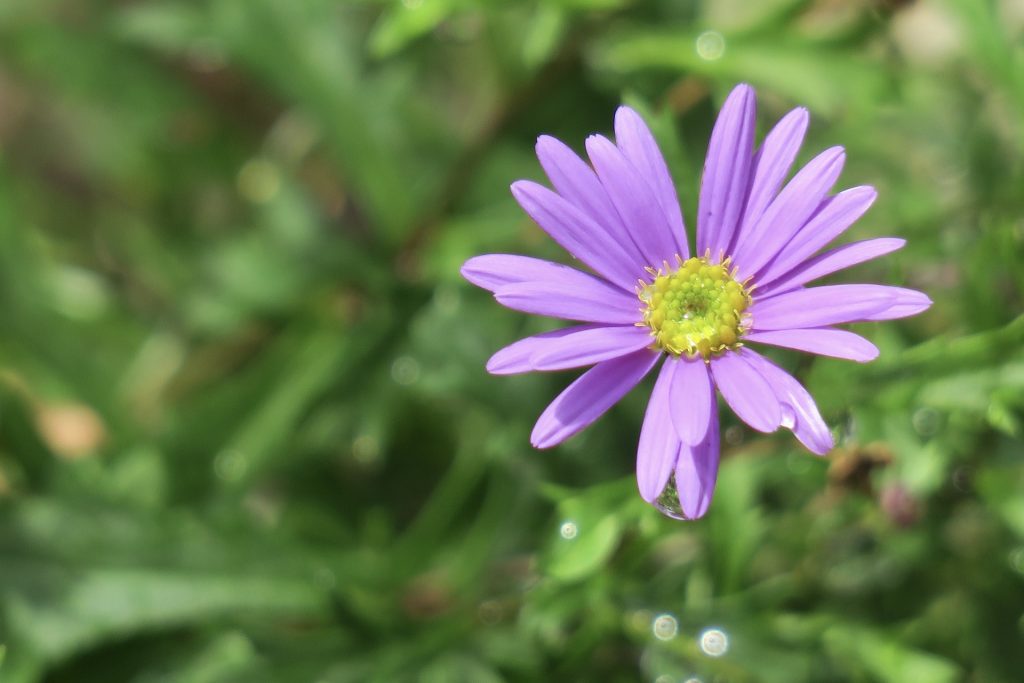 Cichorium intybus (chicory) is an interesting medicinal plant which contains a wide range of potentially therapeutic phytochemicals. These phytochemicals accumulate as secondary metabolites within the plant, as a product of the plants own metabolism. Researchers have analysed the phytochemistry of cichory and found it to contain sesquiterpene lactones, including lactucin, lactucopicrin, 8-desoxy lactucin, and guaianolid glycosides (including chicoroisides B and C, sonchuside C), caffeic acid derivatives (including chiroric acid, chlorogenic acid, isochlorogenic acid, di-caffeoyl tartaric acid), inulin, sugars, proteins, hydroxycoumarins, flavonoids, alkaloids, steroids, terpenes, volatile compounds, coumarins, vitamins, and polyynes. These phytochemicals may explain the hepatoprotective, gastroprotective, cardiovascular, antioxidant, hypolipidemic, anticancer, reproductive, antidiabetic, anti-inflammatory, analgesic, sedative, immunological, antimicrobial, anthelmintic, anti-protozoal and wound healing effects.
Cichorium intybus (chicory) is an interesting medicinal plant which contains a wide range of potentially therapeutic phytochemicals. These phytochemicals accumulate as secondary metabolites within the plant, as a product of the plants own metabolism. Researchers have analysed the phytochemistry of cichory and found it to contain sesquiterpene lactones, including lactucin, lactucopicrin, 8-desoxy lactucin, and guaianolid glycosides (including chicoroisides B and C, sonchuside C), caffeic acid derivatives (including chiroric acid, chlorogenic acid, isochlorogenic acid, di-caffeoyl tartaric acid), inulin, sugars, proteins, hydroxycoumarins, flavonoids, alkaloids, steroids, terpenes, volatile compounds, coumarins, vitamins, and polyynes. These phytochemicals may explain the hepatoprotective, gastroprotective, cardiovascular, antioxidant, hypolipidemic, anticancer, reproductive, antidiabetic, anti-inflammatory, analgesic, sedative, immunological, antimicrobial, anthelmintic, anti-protozoal and wound healing effects.

Cichorium intybus (chicory) is a medicinal plant with a wide range of healing properties. Chicory is also a food because is it can be dried and ground and used as a coffee substitute. The leaves of young chicory plants can also be added to salads and eaten. Eating chicory will provide many of the phytochemicals that have healing properties.
Eat Well, Stay Healthy, Protect Yourself
RdB
